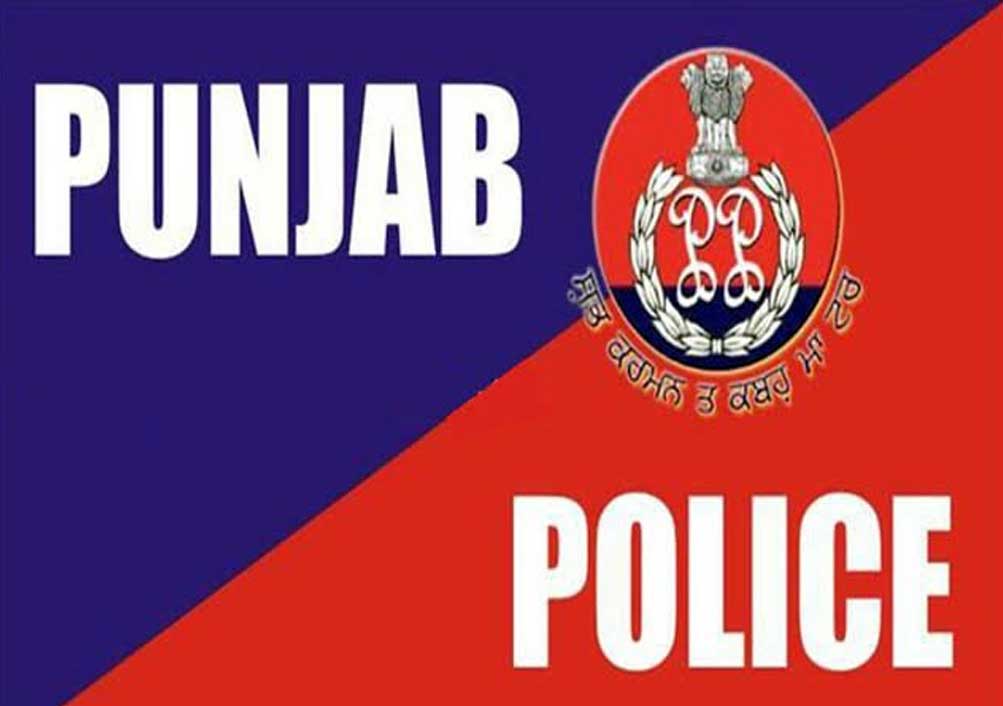In CWP No.12502 of 2017(O&M)-PUNJ HC- Citing Justice Oliver Holmes’ words on statutory interpretation, P&H HC rules that for selection to post of constable, candidate must have chest measurements with a difference of 4 cm between unexpanded and expanded chest Justice Jaishree Thakur[02-04-2022]

Read Order: Naveen Kumar v. State of Haryana and Others
Monika Rahar
New Delhi, April 4, 2022: Recalling American juristJustice Oliver Holmes when he stated, “A word is not crystal, transparent and unchanged. It is the skin of the living thought and it may vary greatly in colour and content according to the circumstances and the time in which the word is used”, the Punjab and Haryana High Court has reiterated that a court does not have the power to add or subtract even a single word under the garb of interpreting the provision.
The Bench, however, added that if the literal meaning of words used in the statute leads to ambiguity and absurdity, then it is the bounden duty of the Court to apply the Golden Rule of interpretation in order to give effect to the spirit of the law as mere mechanical and grammatical meaning may not be sufficient.
Applying the above-stated rule of interpretation to the present case, the Bench of Justice Jaishree Thakur opined that though the provision qua chest measurement provided under Rule 12.15 (2) of Punjab Police Rules, 1934 (for selection in the post of Constable), is not happily worded, the said provision has to be read harmoniously to mean that a candidate has to have a difference of a minimum of 4 centimetres in his chest expansion i.e. between his expiration and inspiration, there has to be a difference of 4 CMs.
The petitioner in this case assailed the denial of his appointment to the post of Male Constable (General Duty) on the ground that he did not clear the Physical Measurement Test (in short PMT).
Apart from specifying the education qualification and the exam details needed for getting selected, the advertisement which announced 5000 posts of Male Constable (General Duty) mentioned the physical standard for the General Category to be 172 cm in height with a chest measurement of 83 cm (unexpanded) to 87 cm (expanded).
The case of the petitioner’s counsel was that he cleared the written test, the physical screening and the PMT and thus was entitled to be called for an interview and offered an appointment letter. It was submitted that the candidature of the petitioner was rejected only on account of the fact that his chest did not expand 4 centimetres, which fact was not prescribed anywhere in the advertisement. The Counsel contended that in fat as per his PMT report, the petitioner’s normal chest size (unexpanded) was 87 centimetres while his expanded chest size was 90.5 centimetres.
Thus, the Counsel argued that the respondent-Commission could not go beyond its own advertisement and that even Rule 12.15 of the Punjab Police Rules, 1934 (as applicable to Haryana) did not mention that difference in chest expansion should be of 4 centimetresand therefore, the word ‘to’ used in aforesaid Rules prescribing chest measurement ‘83 centimetre(unexpanded) to 87 centimetres (expanded)’ for General Category must be understood in the same way in which it is usually understood in ordinary parlance.
From the above submissions, the question which emerged for the Court’s consideration was whether there should be a difference of a minimum of 4 centimetresbetween expiration and inspiration, as was intended to be provided under Rule 12.15 of the Punjab Police Rules, 1934 or was there no such minimum requirement as was argued by the petitioner(s)?
Before adverting to this question, the Court perused the provisions of Rule 12.15 of the Punjab Police Rules to state that the measurements as prescribed in the Rules were the same as were mentioned in the advertisement. Thus, the Court held that it could not be said that there was any variation in the advertisement regarding the measurement.
The Court added that the advertisement provided for the chest measurement to be ‘83 Centimetres (unexpanded) to 87 Centimetres (expanded) for the General Category’and ‘81 Centimetres (unexpanded) to 85 Centimetres(expanded) for the Reserve category candidates’. But, because Rule 12.15(2) of the Punjab Police Rules 1934 for Haryana did not specify that there shall be a minimum of 4 centimetres difference between the unexpanded and expanded chest measurement, the Court interpreted the term ‘to’.
The Court opined that the words in the advertisement ‘83 Centimetre (unexpanded) to 87 Centimetre (expanded)for the General Category’ and ‘81 Centimetre(unexpanded) to 85 Centimetre (expanded) for the Reserve category candidates’ must be read to mean that the minimum chest measurement unexpanded is 81/83 centimetres and has to expand up to 85/87 centimetres, thus requiring a difference of 4 centimetres.
Further, in order to see the intention of the legislature, the Court perused the procedure adopted by the various States to observe that a formula of minimum expansion of chest to the extent of 4/5 CMs is being adopted by various State Governments while making the recruitments to the post of Constable.
In the words of Justice Thakur,
“Though the provision qua chest measurement under Rule 12.15 (2) is not happily worded but the said provision has to be read harmoniously with the service rules/criteria adopted by various States across the country, meaning thereby, in almost every State a minimum difference of 4/5 CMs has been prescribed between expiration and inspiration and therefore, it is the intention behind the legislation that has to be bring forth while interpreting the provisions of a statute, in case the words of the statutes are not clear, plain and unambiguous.”
Thus, while holding that the petitioners did not have chest measurements with a difference of 4 centimetresbetween the unexpanded and expanded chest, the Court dismissed the petitions.
Sign up for our weekly newsletter to stay up to date on our product, events featured blog, special offer and all of the exciting things that take place here at Legitquest.




Add a Comment